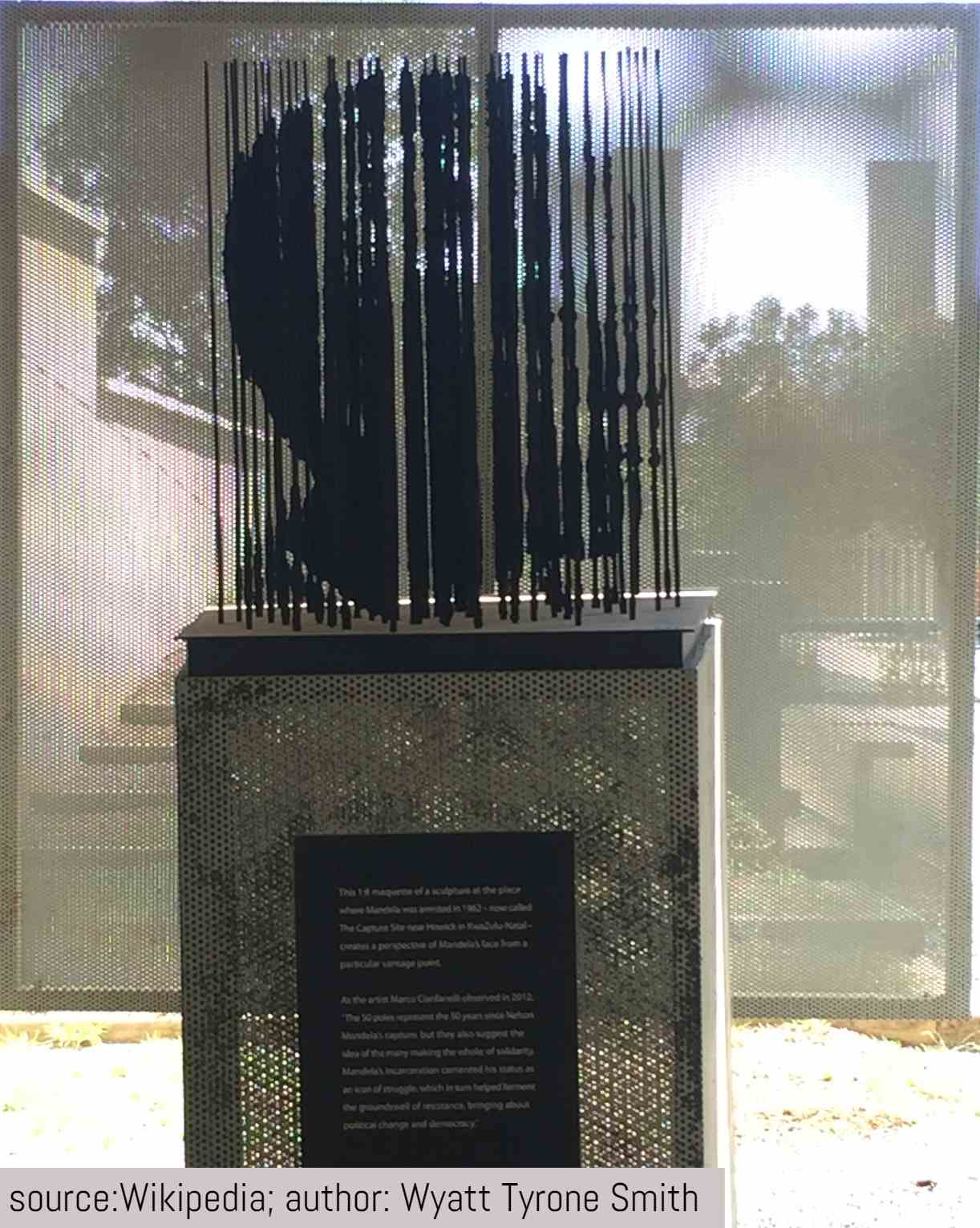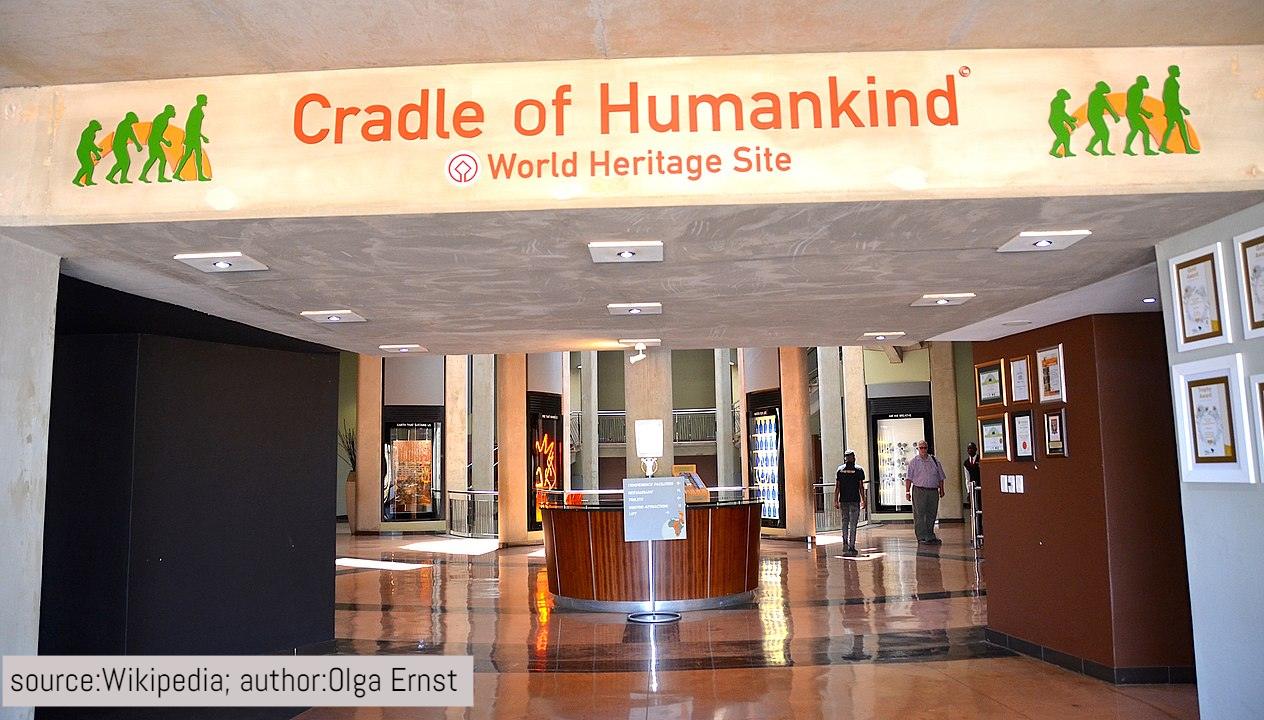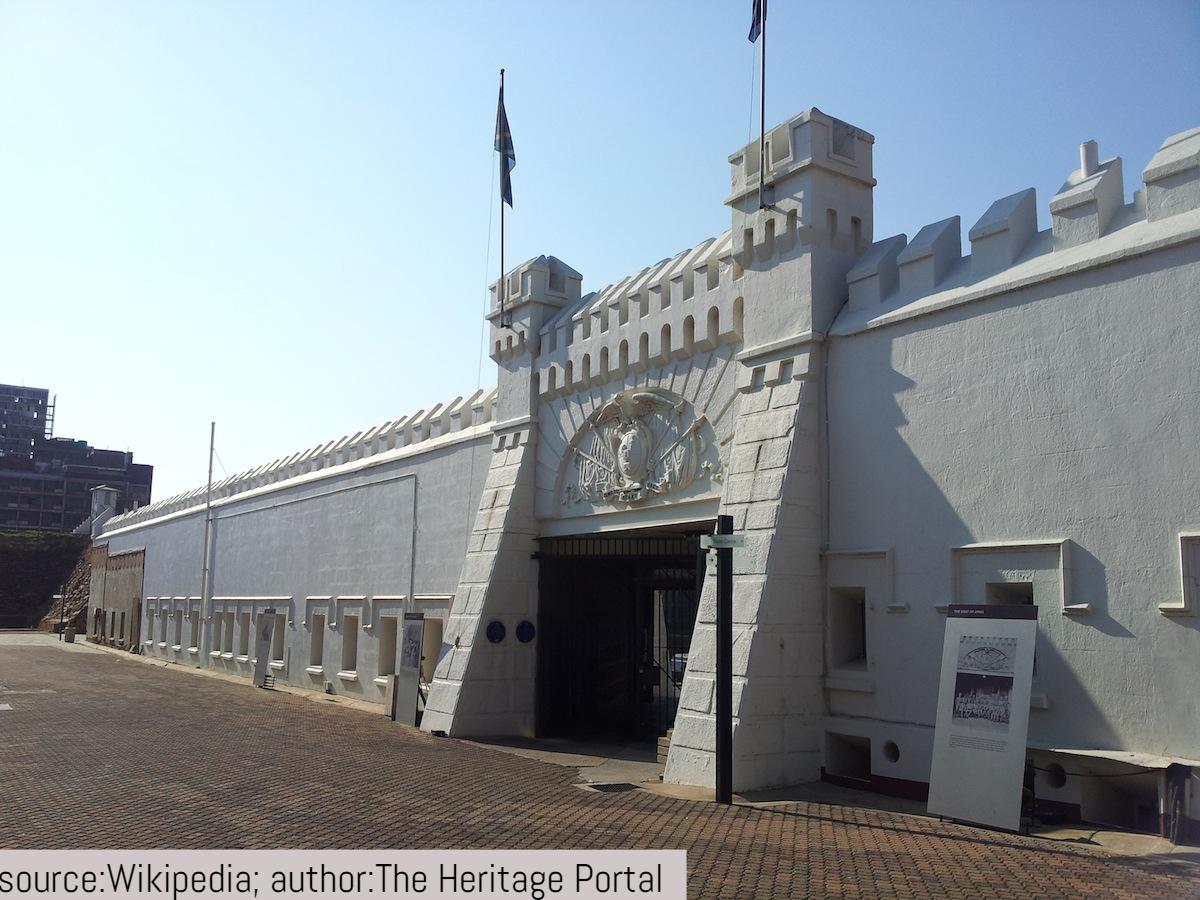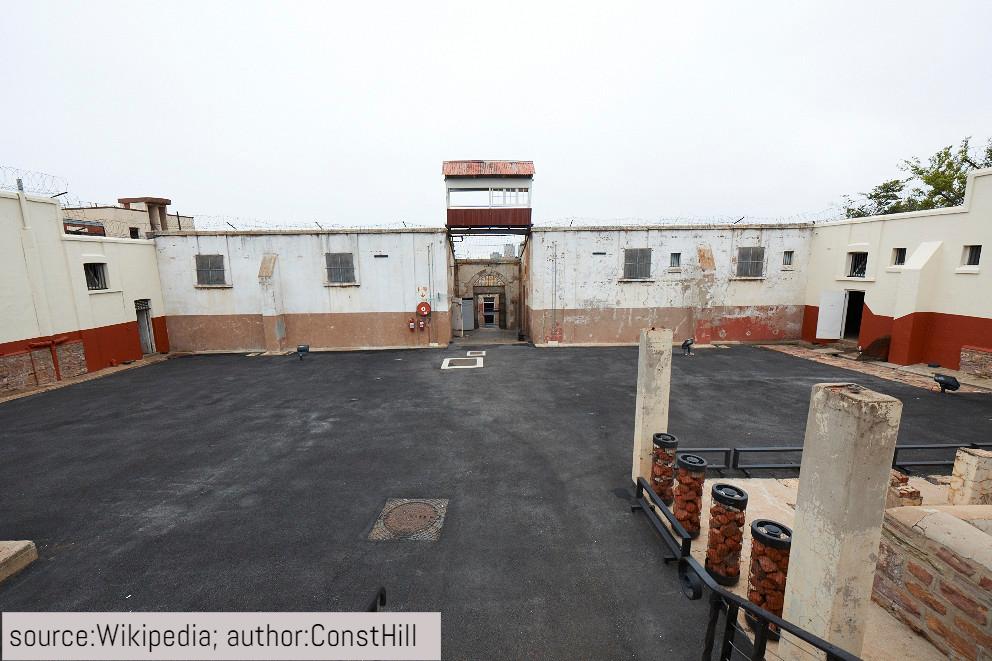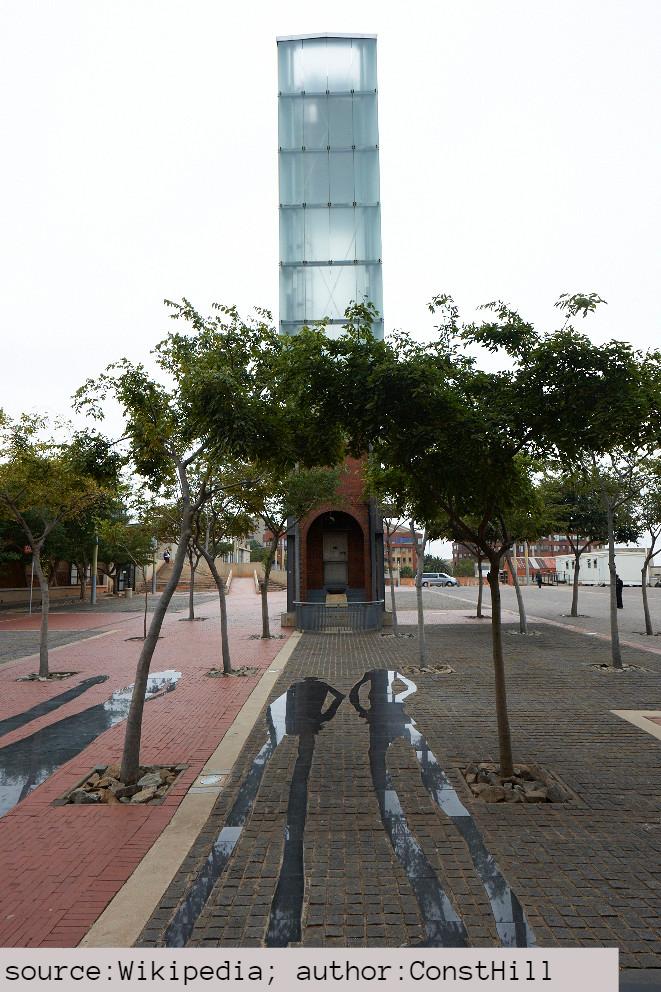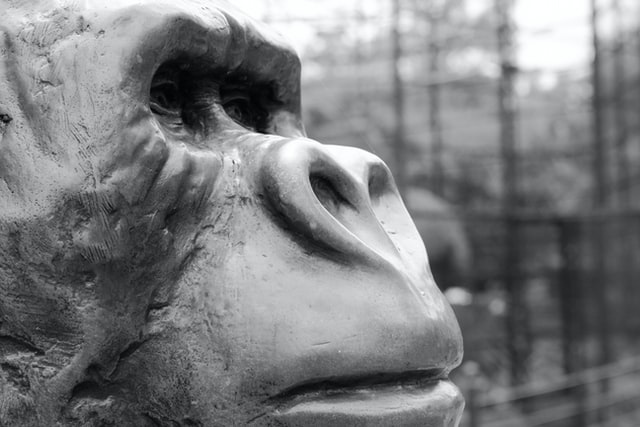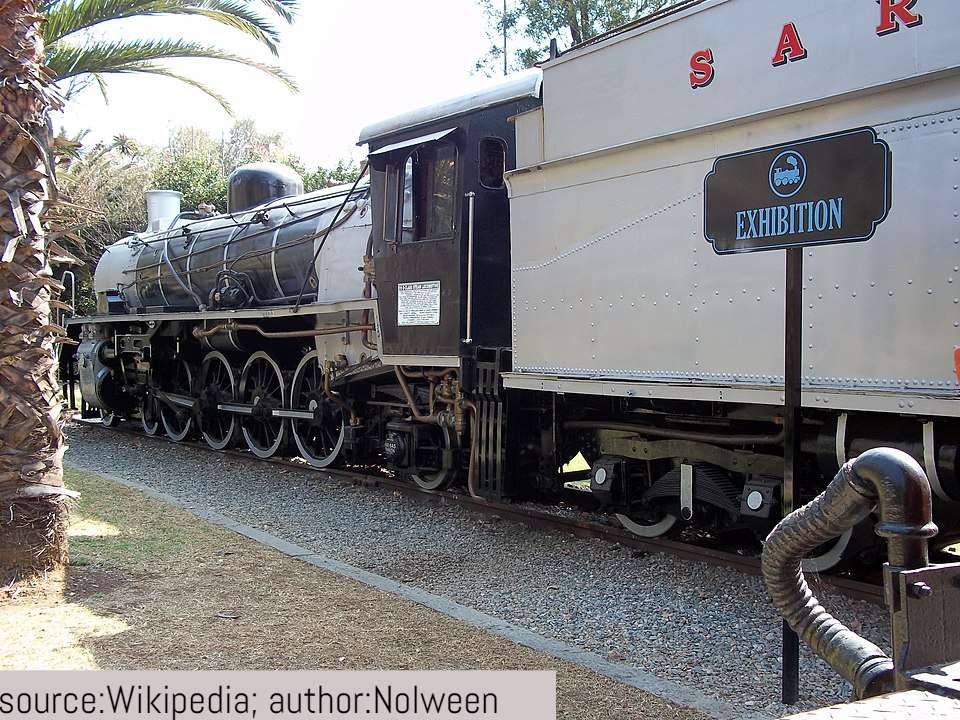Apartheid Museum
Share this attraction
Back

Apartheid Museum
Johannesburg
Apartheid Museum - the most important information
The Apartheid Museum is a museum in Johannesburg, South Africa illustrating apartheid and the 20th-century history of South Africa. The museum, part of the Gold Reef City complex, was opened in November 2001. At least five times a year events are held at the museum to celebrate the end of apartheid and the start of multiracial democracy for the people of South Africa.
History of the Apartheid Museum
The Apartheid Museum is the first of its kind. An architectural consortium, comprising several leading architectural firms, conceptualized the design of the building on a seven-hectare stand. The museum is a superb example of design, space, and landscape. In 1995 the South African government set up a process for the granting of casino licenses, establishing an agency to do this called the Gambling Board. The bid documents stipulated that bidders should demonstrate how they would attract tourism. A consortium, called Akani Egoli (Gold Reef City), put in a bid that included the commitment to building a museum. The cost of the construction of what became the Apartheid Museum was approximately 80 million. The company is independent of Gold Reef City, which has leased the museum to the Public Benefit Company for the duration of the casino license. The museum, therefore, relies on donations, contributions, and sponsorships to sustain its growth.
What to see in the Apartheid Museum?
The exhibits have been assembled and organized by a multi-disciplinary team of curators, filmmakers, historians, and designers. They include provocative film footage, photographs, text panels, and artifacts. There are several different exhibitions here in the museum, and here we are going to name just a few:
- The Pillars of the Constitution is the first exhibit visitors see when visiting the Apartheid Museum. Located in the courtyard, it includes one pillar for each of the seven values that are enshrined in the South African Constitution: democracy, equality, reconciliation, diversity, responsibility, respect, and freedom.
- Race Classification is both an entry point and an exhibit. Apartheid was built on divisions by race: native, white, colored, and Asian. Required identity documents indicated one's race, and these are on view in this exhibit.
- The next exhibit, which is outside on the way to the museum building, is Journeys. It includes large photos of the descendants of individuals who came to Johannesburg in the aftermath of the discovery of gold in 1886. There was a wide racial diversity amongst these individuals.
- The Segregation exhibit provides background on the official policy of segregation that became a feature of the union of South Africa, which was formed in 1910. Blacks and white women were not allowed to vote under this policy. Segregation laid the way for apartheid.
- Mandela Exhibition has dedicated to president Mandela. He initiated and led negotiations in the 1990s, and served as the first president of a democratic South Africa.
- The Turn to Violence: During 1959 and 1960, violence broke out in several South African cities. In March 1960 police fired upon a crowd protesting against the pass laws in Sharpeville, killing at least 69 people and injuring many others.
- The Significance of 1976: 16 June 1976 was a major turning point in South African history. The protests by Soweto school children on that day marked the end of submissiveness on the part of the black population of South Africa.
Opening hours and tickets for the Apartheid Museum?
- Opening hours: The museum is open every day during the week except Monday from 9 am to 5 pm.
- Tickets: The price range for the tickets go from 5 USD to 7 USD depending on the day of the visit and age.
Because of the current health situation in the world, and because the museum has some special events, before going it would be best to visit the official website of the Apartheid Museum and book your tickets online.
How to get to the Apartheid Museum?
This museum is very well connected with the rest of the city. The museum is next to Gold Reef City on the corner of Northern Park Way and Gold Reef Road, Ormonde, Johannesburg. It's easily accessible off the De Villiers Graaff highway (take Exit 7 and follow the Gold Reef City signs).
Location
Learn more about this destination
Discover the beauty of the destination through blogs that highlight the most famous landmarks, hidden gems, and provide travel tips for visiting this destination. Embark on an adventure through the stories of experienced travelers.

